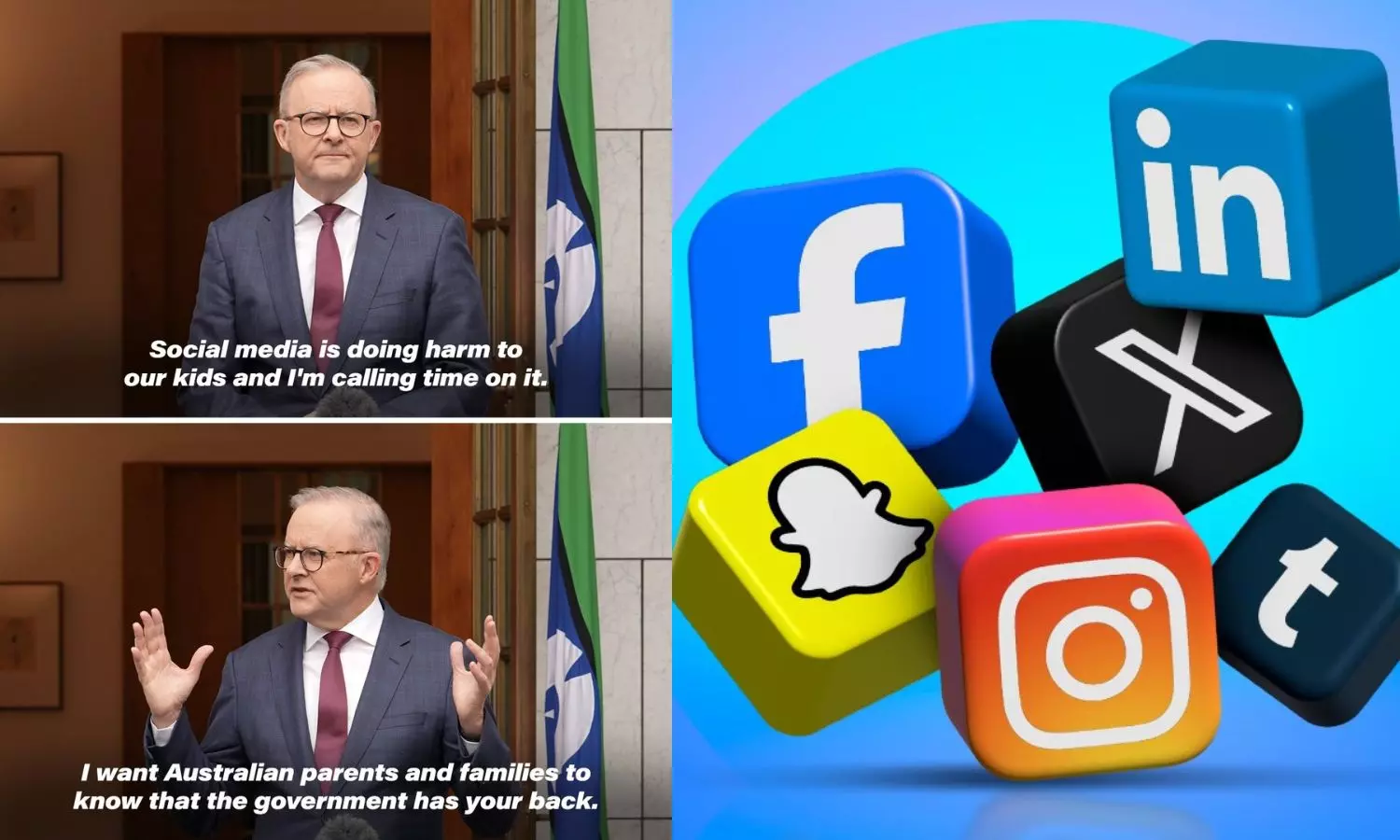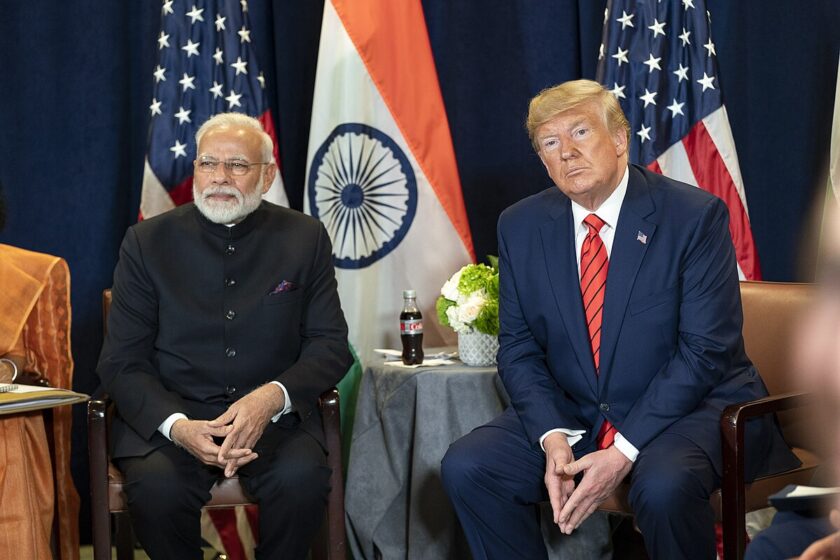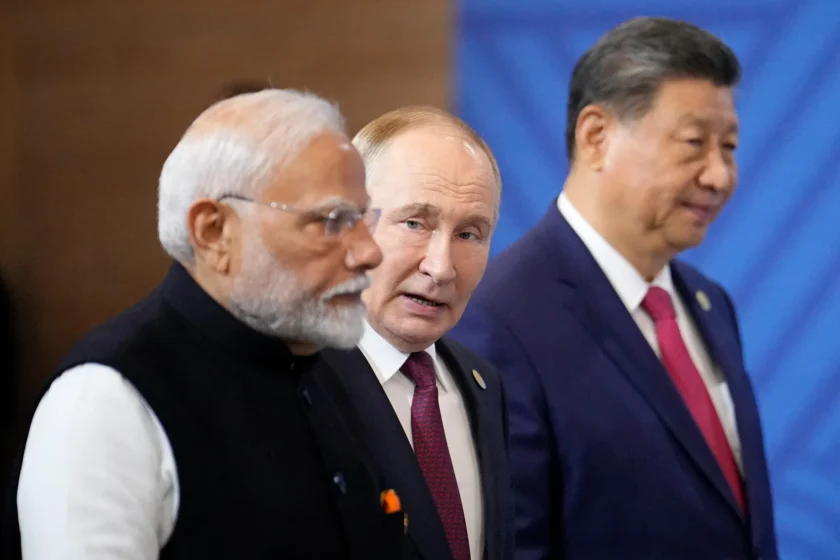NEW YORK/WASHINGTON – In a bold move to protect children from the negative impacts of the online world, Australia has decided to ban all social media platforms, including YouTube, for children under the age of 16. This decisive action is a critical step towards safeguarding the future of the younger generation. For countries like India, where digital addiction is rampant, such a policy is not just necessary—it’s urgent. It’s time for India to establish clear laws to protect the digital rights of children, raise awareness among parents, and help children break free from screen addiction to foster balanced development.
“Childhood is no longer shaped by books, but by the glow of a screen.” This phrase has become a harsh reality of our society. The easy access to mobile phones, tablets, and the internet means that a four-year-old can watch cartoons on YouTube, and a ten-year-old can create reels on Instagram. In this scenario, the Australian government’s decision is not only courageous but also a historic step toward securing the future of the next generation. The new policy, which takes effect on December 10, will also apply to YouTube, with significant fines for any platform that violates the rules.
A Landmark Law for Digital Safety
The Australian Parliament had already banned platforms like Facebook, Instagram, Snapchat, TikTok, and X for children under 16. Now, YouTube is included in this category. This marks the world’s first law to be implemented with such clarity and strictness regarding children’s digital safety. According to the regulations, any platform that continues to provide services to children under 16 will face fines of up to 50 million Australian dollars. This is not a mere warning; it is a serious attempt to hold tech companies accountable.

Australian Prime Minister Anthony Albanese has stated that parents have a right to know what their children are watching and who is influencing them. The content children are exposed to on platforms like YouTube is often filled with violence, gender bias, and inappropriate language and behavior. Furthermore, children are constantly bombarded with advertisements, branded content, and a glamorous, unrealistic lifestyle, which creates a growing distance from their real lives.
YouTube, for its part, claims it is a video-hosting platform and should not be categorized as social media. A YouTube spokesperson argued that approximately three-quarters of Australian teenagers between 13 and 15 use the platform for educational, creative, and entertainment purposes. However, the question remains: Are YouTube and other social media platforms truly safe for children? Do they ensure that children are only shown appropriate and positive content? The reality is that most tech companies operate for views, clicks, and advertising revenue, not for the mental well-being of children.
The Indian Context: A Growing Crisis
In a country like India, this issue is even more critical. There are millions of internet users, a large number of whom are teenagers and schoolchildren. According to one report, Indian children aged 13 to 17 spend an average of over three hours a day on social media. At an age when they should be spending time with books, games, and social interactions, they are often alone in their rooms, glued to screens. This not only affects their eyes and physical health but also hinders their emotional and social development.
Teachers in schools are concerned that students can’t focus on their studies because they are on their phones all night. Parents face a dilemma: to give or not to give a mobile phone? If they don’t, the child fears being left behind; if they do, the child becomes addicted. Digital addiction has spread like a drug. Problems such as irritability, sleep deprivation, lack of concentration, and detachment from relationships have become common among children. Some children are also victims of trolling and cyberbullying, which severely affects their self-confidence and mental stability.

Unfortunately, India has not yet formulated a concrete policy on this issue. While there is a 13-year age limit on social media platforms, it is not enforced. Children simply enter a false age to create accounts and use them without any supervision. The role of parents is also questionable; some hand over screens to their children to keep them busy, when they should be acting as guides. Furthermore, there is a lack of digital ethics education at the school level. Children are not taught how to use technology wisely, how to avoid fake news, or how to be cautious of cyber threats.
The problem is not just with technology but also with social and family awareness. Until parents, teachers, and governments come together to decide what kind of digital world children should enter, no technical solution can be effective. Digital discipline comes from values and understanding, not just from law.
Australia’s decision is inspiring because it prioritizes children’s digital safety and challenges tech companies. India should not wait any longer. It is time for the government to create a clear and strict policy that keeps children under 16 away from social media and entertainment platforms. At the same time, content filtering, screen time limits, and age verification technologies should be made mandatory.
Awareness campaigns for parents should also be launched so they can understand the role a screen should play in their children’s lives. Digital citizenship education should be included in school curricula. The media and film industries must also take responsibility for creating positive, value-based, and inspiring content for children.
We must remember that today’s children will determine tomorrow’s society. If they get lost in the illusion of the virtual world now, they will not have the strength to face the challenges of the real world. A society will be created that lives on screens but is disconnected from the realities of life. Childhood is not just a phase; it is the foundation of human life. If that foundation is filled with cracks from social media, the structure built upon it can never be strong. Australia has sent a message to the world that protecting children is not just a family responsibility; it should be a national policy. India should take this warning seriously and raise generations that are not just digitally skilled but also balanced, sensitive, and safe citizens. The time has come to give our children some distance from screens and make room for books, games, and relationships in their lives again. Otherwise, the day is not far when children will grow up not with us, but with screens.





